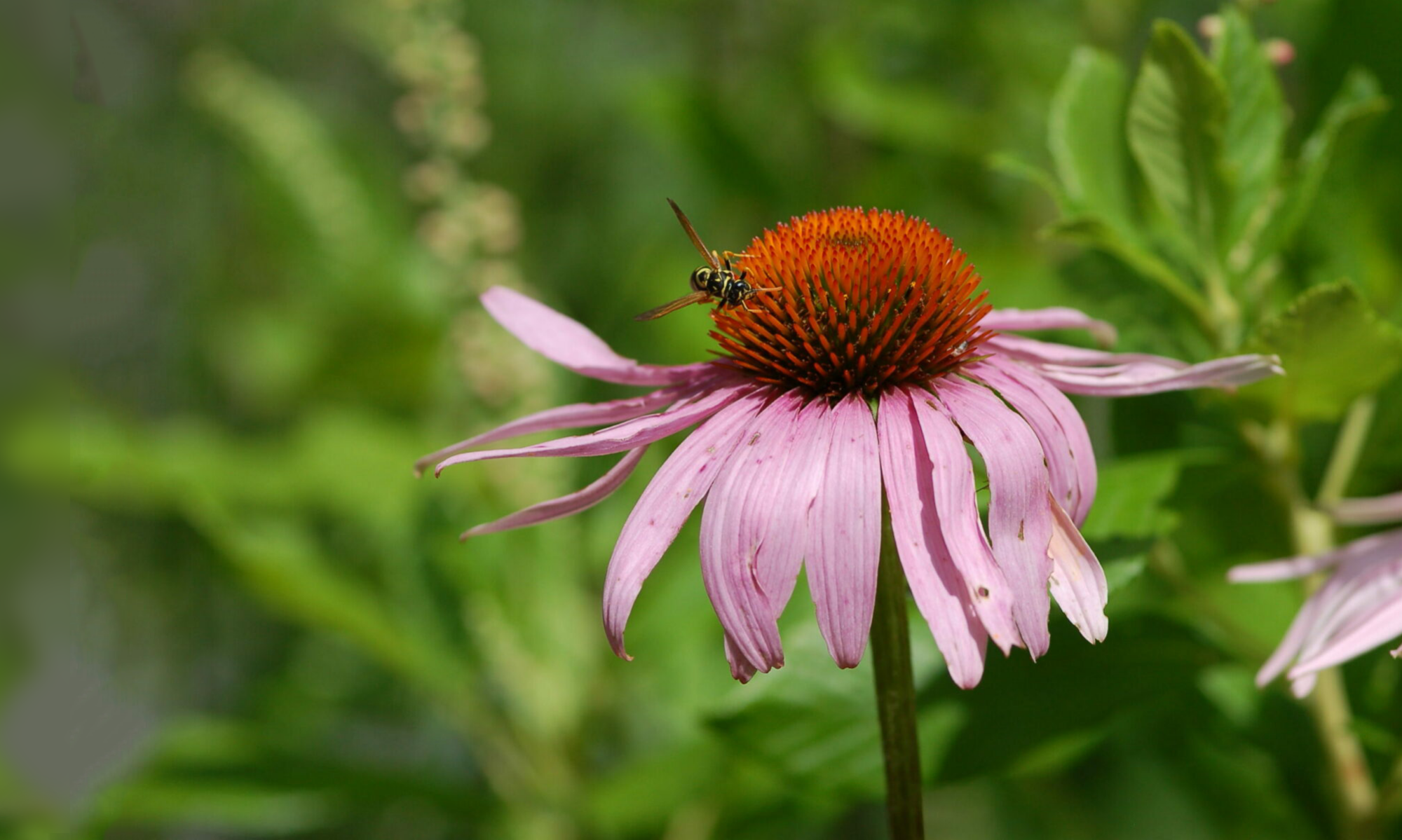
“Tracking CCD continues to be complex. Despite several claims, we still don’t know the cause …”
Jeff Pettis, USDA press release May 31, 2012
The paperback edition The Hive Detectives: Chronicle of a Honey Bee Catastrophe will be released next spring, and I’ve been preparing a research update to include in the backmatter. Which means I’ve been reading up on two years of new CCD research, talking with the hive detectives (Jeff Pettis, pictured above, Dennis vanEngelsdorp, Diana Cox-Foster, and Maryann Frazier), and boiling all the information I collected down into a few succinct and reader-friendly paragraphs.
Sounds like it should have taken a single working day, right? Or maybe two? Ha. It took me over a month. I may be thorough, but I am not fast.
Then again, what is the rush? The results reported in this 2012 paper from hive detectives Jeff Pettis and Dennis vanEngelsdorp were derived from experiments in progress when Ellen Harasimowicz took the photo above … in April 2008. Some things take time. Sometimes thorough is more important than fast.
(That’s my story and I am sticking to it!)










